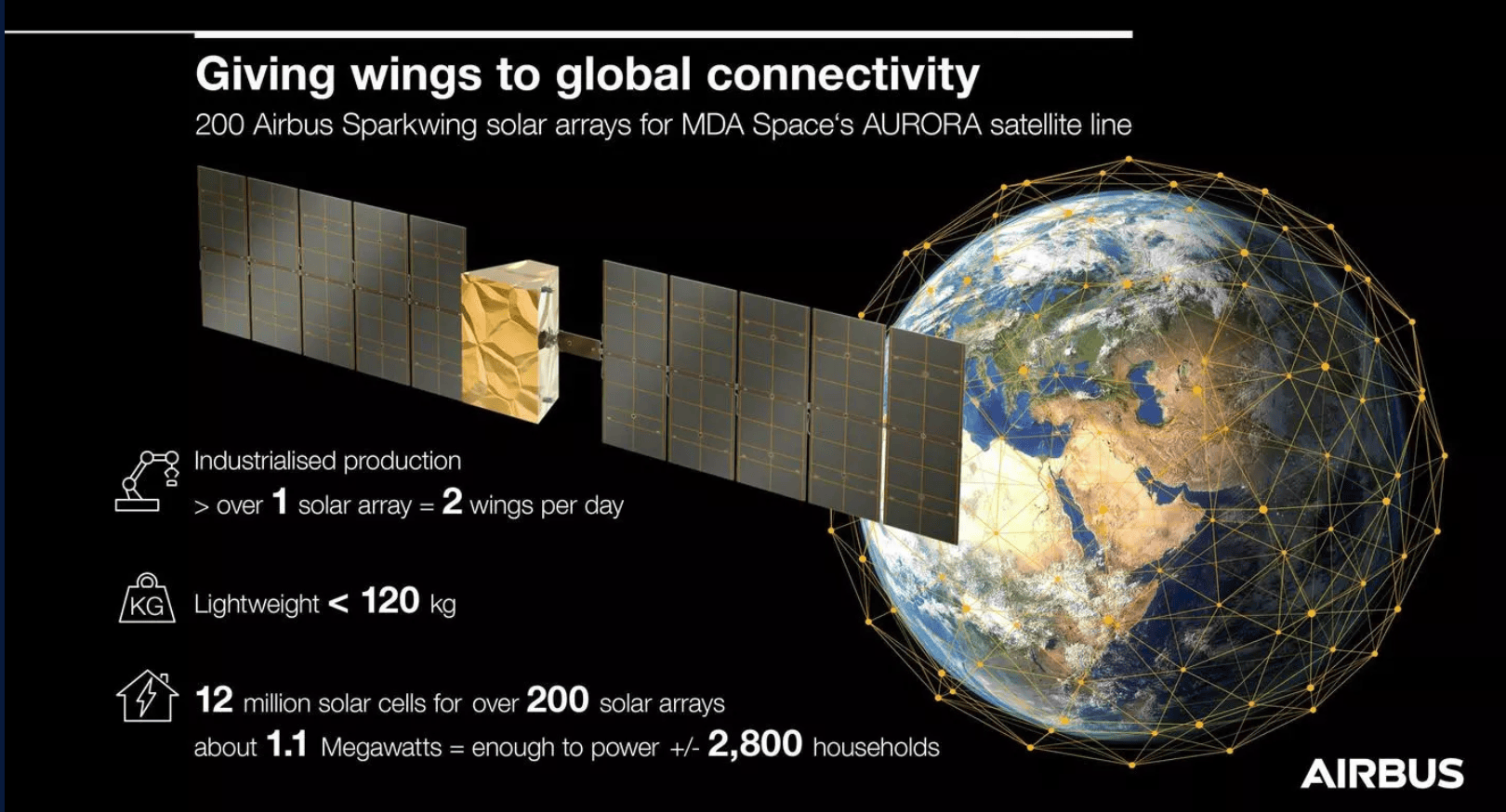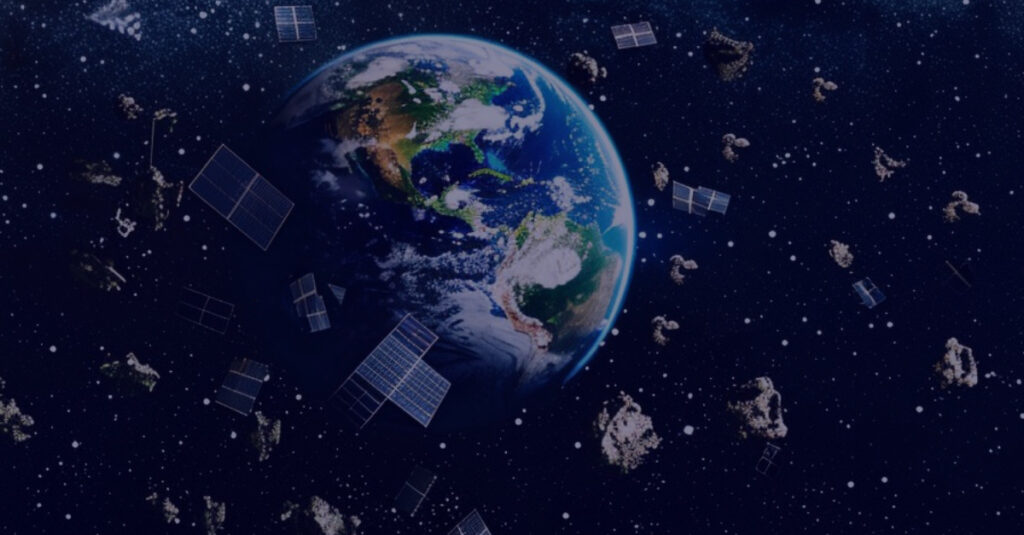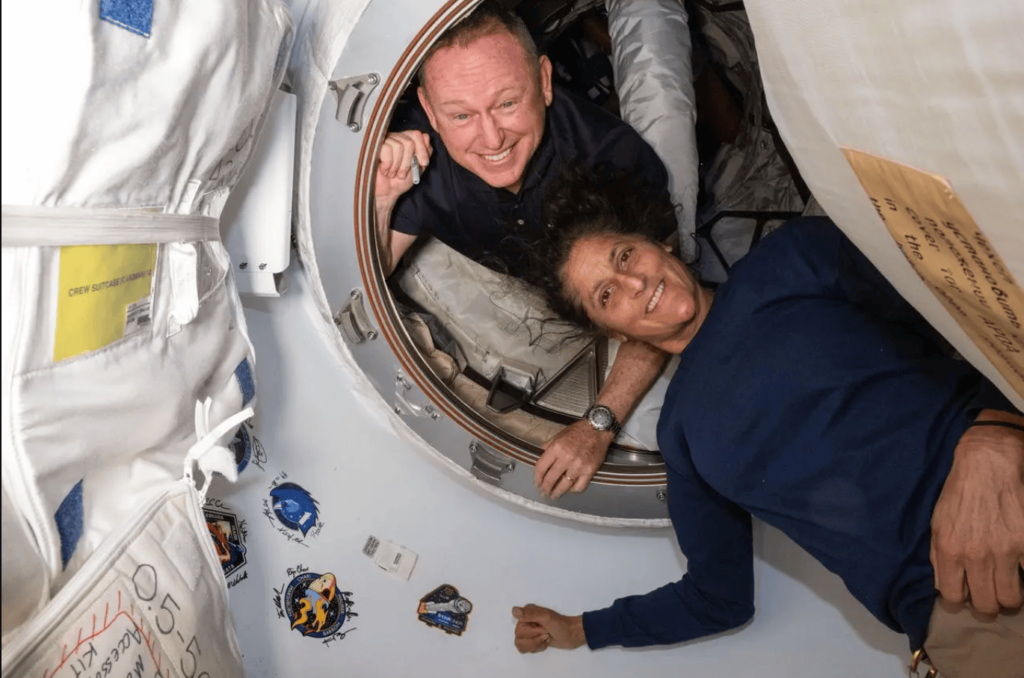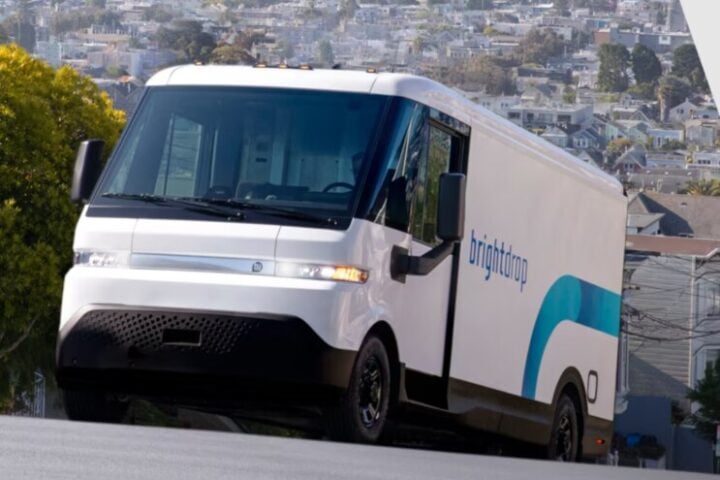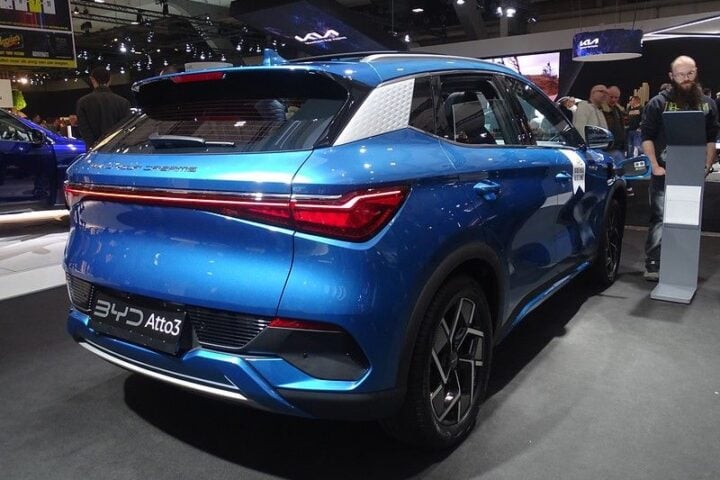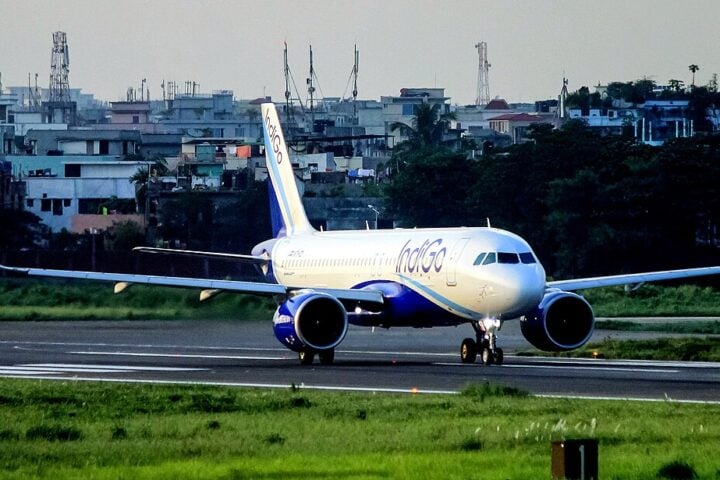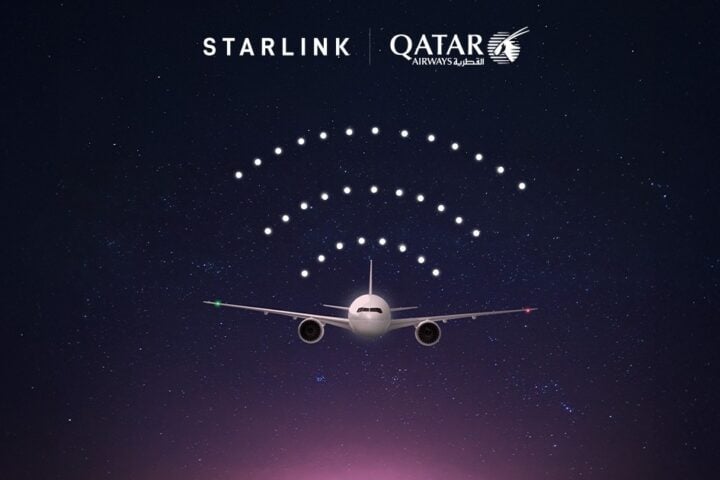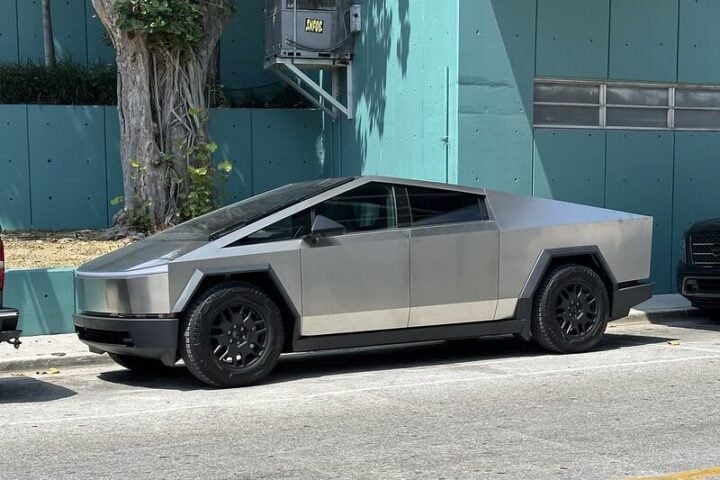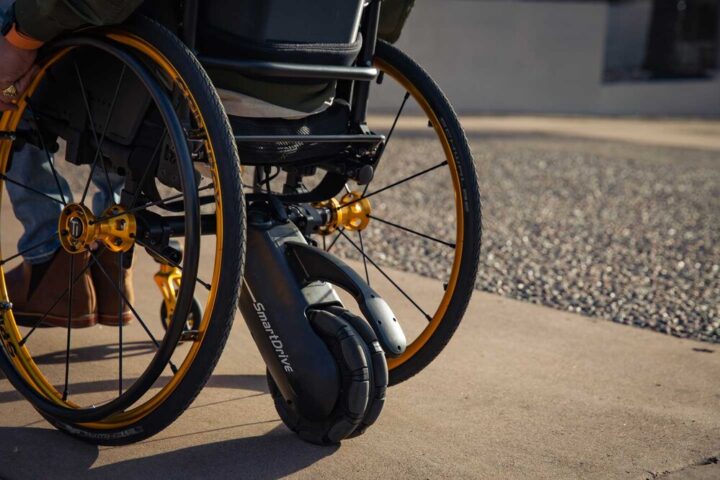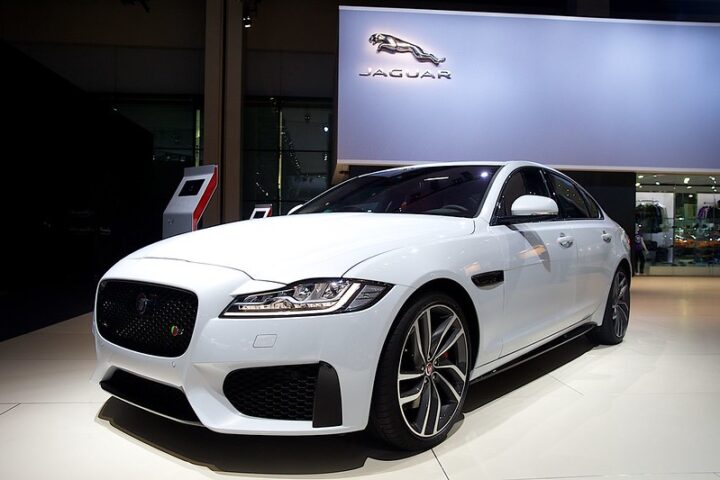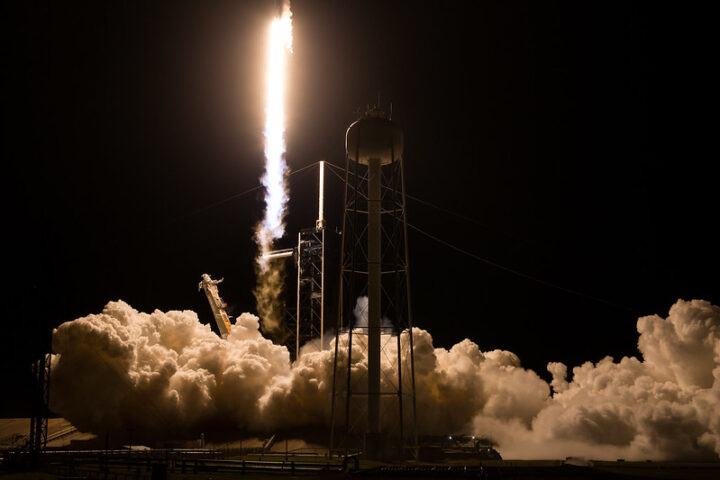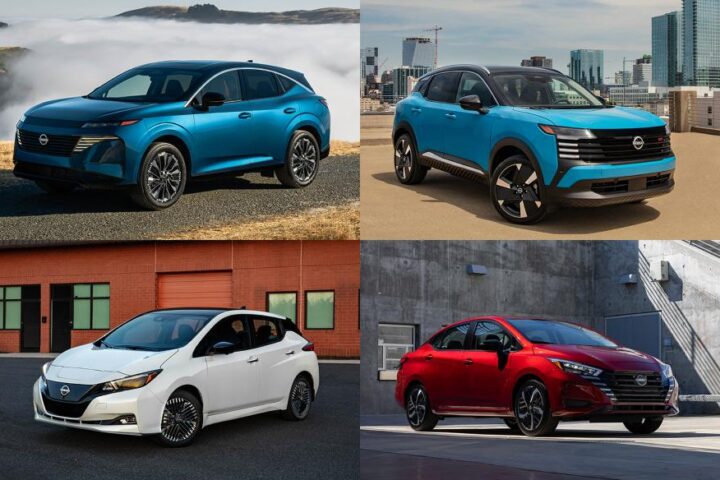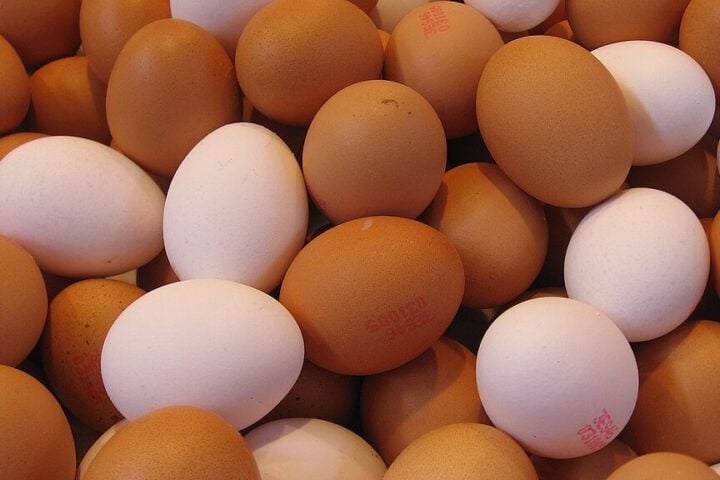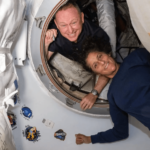On September 16, 2024, Airbus announced a substantial contract with MDA Space Ltd. to furnish over 200 Sparkwing solar arrays for the MDA AURORA™ software-defined satellite product line. This deal marks a significant development in the rapidly expanding global space industry, projected to reach $558 billion by 2026, according to Market Forecast.
The Sparkwing arrays, each boasting two wings with five panels and a photovoltaic area exceeding 30 square metres, will be manufactured at Airbus’ Leiden facility in the Netherlands. These arrays will power MDA AURORA™ satellites, designed to extend communication networks globally.
Rob Postma, Managing Director of Airbus in the Netherlands, said: “Our industrialised Sparkwing solar array product not only meets the demands of this ground-breaking constellation project, but is also tailored to ensure optimal performance in space. The Sparkwing solar arrays are designed for series production, ideally suited for constellations.”
Telesat’s Low Earth Orbit (LEO) satellite constellation, Lightspeed, is the anchor customer for this supply chain arrangement. This network aims to provide enterprise-class connectivity worldwide, joining a crowded field that includes SpaceX’s Starlink and Amazon’s Project Kuiper.
Sparkwing: A Technical Marvel
Sparkwing, the world’s first commercially available, off-the-shelf solar array for small satellites, was initially optimised for LEO missions. It offers over 30 panel dimensions, configurable into wings with one to three panels each. The single actuation need (one hold-down per wing) simplifies deployment mechanisms.
Beyond power generation, Sparkwing provides high stiffness and minimal integration effort, with benign demands on spacecraft sidewall tolerances. Developed by Airbus in the Netherlands with support from the Netherlands Space Office and ESA, Sparkwing represents a leap in satellite power system design.
Similar Posts
Market Dynamics and Industry Trends
The satellite industry is experiencing unprecedented growth. Northern Sky Research predicts the space economy will generate $1.25 trillion in revenue by 2030. Software-defined satellites, like MDA AURORA™, are at the forefront of this expansion, offering enhanced flexibility and reduced time-to-market.
Challenges on the Horizon
Despite the optimism, the satellite industry faces hurdles. The United States Government Accountability Office reports there are almost 5,500 active satellites in orbit as of spring 2022, and one estimate predicts the launch of an additional 58,000 by 2030. This rapid growth raises concerns about orbital congestion and space debris.
ESA’s Space Environment Statistics indicate that approximately 130 million space debris objects, ranging from 1 mm to 1 cm in size, are currently in orbit. This poses a significant threat to the thousands of operational satellites.
Looking Ahead: Beyond LEO
While the current focus is on LEO constellations, Sparkwing’s adaptability positions it for future deep space missions. NASA’s Artemis program and SpaceX’s Mars ambitions will require robust, efficient power systems for extended operations beyond Earth orbit.
The Airbus-MDA Space collaboration underscores the dynamic nature of the satellite industry. As we witness this cosmic dance of technology and commerce, one thing is clear: the sky is no longer the limit. The frontier of space business continues to expand, promising new horizons for global connectivity and beyond.
